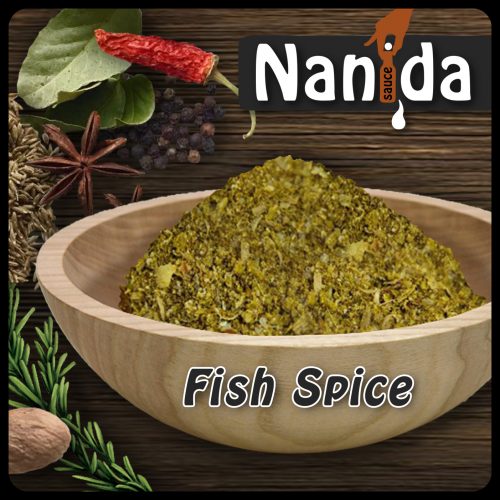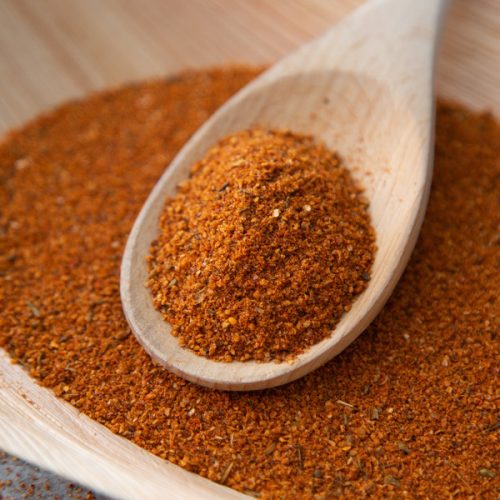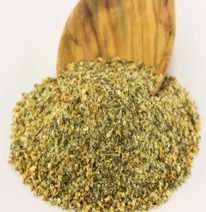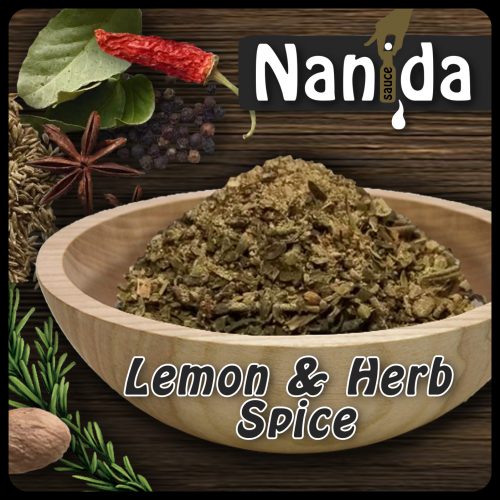-
Out of stock
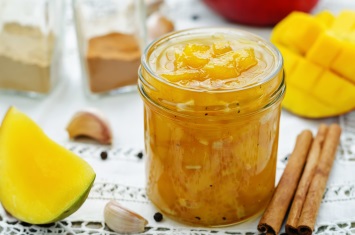 Mango-Orange Chutney, is a combination of East Indian spices and the caramelization of apple, oranges, mango and onion. The end result, a side condiment that pops in flavor and texture, and awakens you with its vibrant and beautiful colours. It hosts brilliant flavor with a spice twist that will brighten up any protein that it is paired with including vegan alternatives. Give it a try!
Mango-Orange Chutney, is a combination of East Indian spices and the caramelization of apple, oranges, mango and onion. The end result, a side condiment that pops in flavor and texture, and awakens you with its vibrant and beautiful colours. It hosts brilliant flavor with a spice twist that will brighten up any protein that it is paired with including vegan alternatives. Give it a try! -

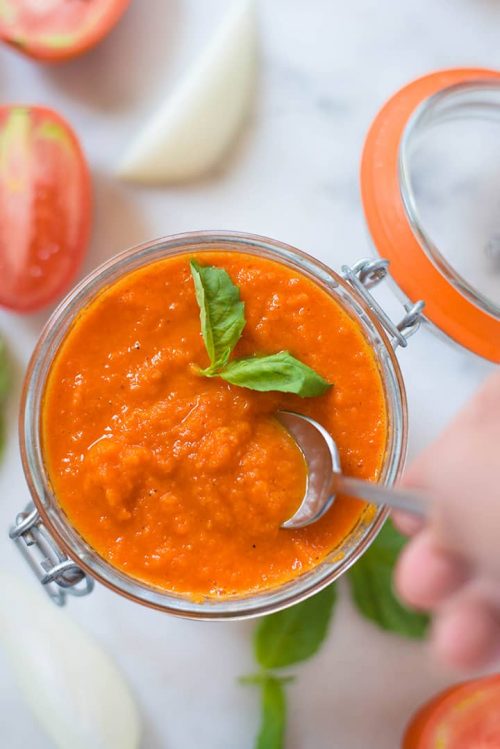 This hearty meat sauce can be served as-is over pasta, blended with par-cooked pasta and baked with a cheesy topping, or used as the meat layer in a lasagna. The sauce should be steaming but not boiling. Really you do not need to cook the sauce. The sauce just needs to be warm like the noodles. Otherwise it could be eaten cold.
This hearty meat sauce can be served as-is over pasta, blended with par-cooked pasta and baked with a cheesy topping, or used as the meat layer in a lasagna. The sauce should be steaming but not boiling. Really you do not need to cook the sauce. The sauce just needs to be warm like the noodles. Otherwise it could be eaten cold. -

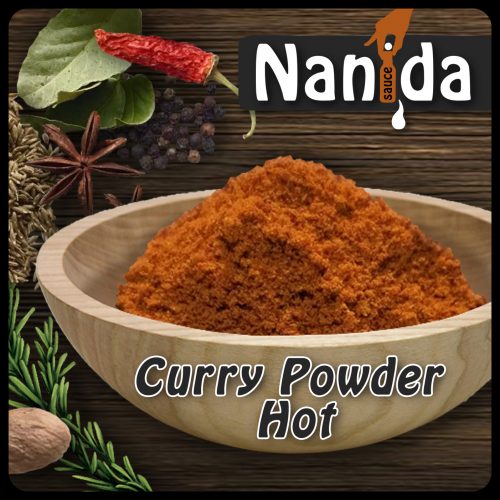 Curry powder is a mixture of up to 20 different herbs and spices, including the commonly used: cardamom, chiles, cinnamon, cloves, coriander, cumin, fennel, fenugreek, mace, nutmeg, pepper, poppy seeds, sesame seeds, saffron, tamarind and turmeric (which gives curry its characteristic golden color). Curry powder is a blend of many spices, and comes in almost infinite varieties Curry powder is largely composed of turmeric. The word "curry" is widely believed to be a corruption of the Tamil word kari, variously meaning something like sauce, cooked vegetables or meat. Through the mass exportation of the condiment to the western table, throughout Europe and North and South America, Curry powder was then largely popularized during the nineteenth and twentieth centuries. In Indian cooking curry is freshly ground each day (making it far more pungent and flavorful than the mixes sold in the store). Each curry powder can have different component spices, in differing amounts--making each curry blend unique. Curry powder is used in soups, and of course, curries. It is also used as a thickening agent in fish and meat dishes. Curry powder also can be used simply to accent a normal meal: pasta, stew and spaghetti. Use in meats, poultry, sauerkraut, eggs, fish, vegetables, tomato juice. Curry powder is also used in dips, chicken salad, and fruit salads.
Curry powder is a mixture of up to 20 different herbs and spices, including the commonly used: cardamom, chiles, cinnamon, cloves, coriander, cumin, fennel, fenugreek, mace, nutmeg, pepper, poppy seeds, sesame seeds, saffron, tamarind and turmeric (which gives curry its characteristic golden color). Curry powder is a blend of many spices, and comes in almost infinite varieties Curry powder is largely composed of turmeric. The word "curry" is widely believed to be a corruption of the Tamil word kari, variously meaning something like sauce, cooked vegetables or meat. Through the mass exportation of the condiment to the western table, throughout Europe and North and South America, Curry powder was then largely popularized during the nineteenth and twentieth centuries. In Indian cooking curry is freshly ground each day (making it far more pungent and flavorful than the mixes sold in the store). Each curry powder can have different component spices, in differing amounts--making each curry blend unique. Curry powder is used in soups, and of course, curries. It is also used as a thickening agent in fish and meat dishes. Curry powder also can be used simply to accent a normal meal: pasta, stew and spaghetti. Use in meats, poultry, sauerkraut, eggs, fish, vegetables, tomato juice. Curry powder is also used in dips, chicken salad, and fruit salads. -

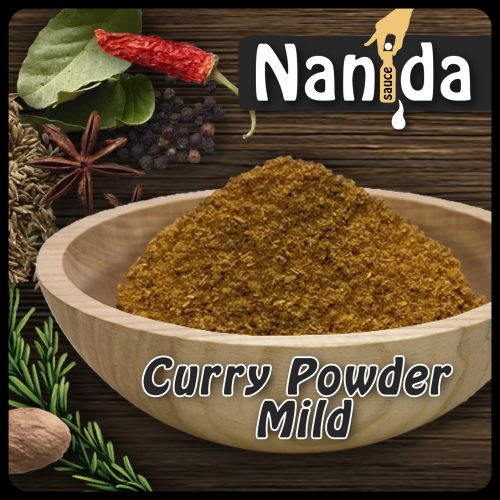 Curry powder is a mixture of up to 20 different herbs and spices, including the commonly used: cardamom, chiles, cinnamon, cloves, coriander, cumin, fennel, fenugreek, mace, nutmeg, pepper, poppy seeds, sesame seeds, saffron, tamarind and turmeric (which gives curry its characteristic golden color). Curry powder is a blend of many spices, and comes in almost infinite varieties Curry powder is largely composed of turmeric. The word "curry" is widely believed to be a corruption of the Tamil word kari, variously meaning something like sauce, cooked vegetables or meat. Through the mass exportation of the condiment to the western table, throughout Europe and North and South America, Curry powder was then largely popularized during the nineteenth and twentieth centuries. In Indian cooking curry is freshly ground each day (making it far more pungent and flavorful than the mixes sold in the store). Each curry powder can have different component spices, in differing amounts--making each curry blend unique. Curry powder is used in soups, and of course, curries. It is also used as a thickening agent in fish and meat dishes. Curry powder also can be used simply to accent a normal meal: pasta, stew and spaghetti. Use in meats, poultry, sauerkraut, eggs, fish, vegetables, tomato juice. Curry powder is also used in dips, chicken salad, and fruit salads.
Curry powder is a mixture of up to 20 different herbs and spices, including the commonly used: cardamom, chiles, cinnamon, cloves, coriander, cumin, fennel, fenugreek, mace, nutmeg, pepper, poppy seeds, sesame seeds, saffron, tamarind and turmeric (which gives curry its characteristic golden color). Curry powder is a blend of many spices, and comes in almost infinite varieties Curry powder is largely composed of turmeric. The word "curry" is widely believed to be a corruption of the Tamil word kari, variously meaning something like sauce, cooked vegetables or meat. Through the mass exportation of the condiment to the western table, throughout Europe and North and South America, Curry powder was then largely popularized during the nineteenth and twentieth centuries. In Indian cooking curry is freshly ground each day (making it far more pungent and flavorful than the mixes sold in the store). Each curry powder can have different component spices, in differing amounts--making each curry blend unique. Curry powder is used in soups, and of course, curries. It is also used as a thickening agent in fish and meat dishes. Curry powder also can be used simply to accent a normal meal: pasta, stew and spaghetti. Use in meats, poultry, sauerkraut, eggs, fish, vegetables, tomato juice. Curry powder is also used in dips, chicken salad, and fruit salads. -
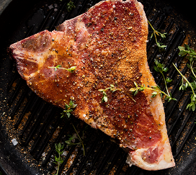

Spices For Greater Health
— Clove is great for your teeth and gums, helps fight bad bacteria like H. pylori (responsible for ulcers), and can inhibit viruses like herpes and hepatitis C. — Cumin has beneficial properties for cancer, epilepsy, type 2 diabetes, and bone health. — Paprika helps with indigestion, cardiovascular health, and circulation; is antibacterial and anti-inflammatory; and contains vitamins A, E, K, and C. — Turmeric is wonderful as an anti-inflammatory spice if you’re experiencing arthritis, swelling, or inflammation around your menstrual period, or any other autoimmune-type symptoms. Incidentally, it’s wonderful for your skin and a natural anti-wrinkle remedy. It can also protect against radiation from the sun or x-rays. Be sure to pair with black pepper to activate turmeric’s healing properties. -
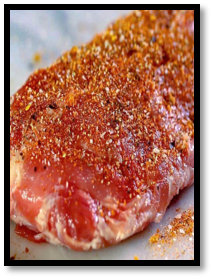
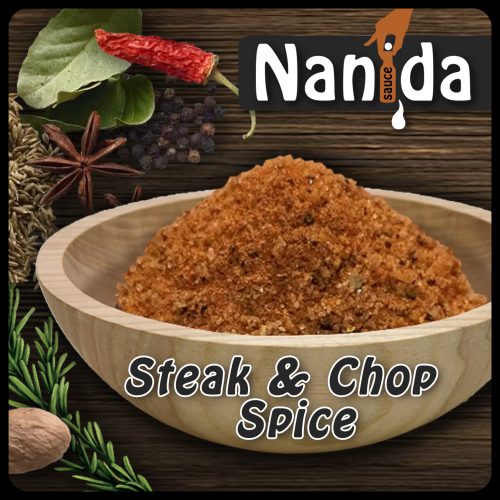
Benefits of Thyme
— Thyme is a very flexible herb that we use almost daily in our kitchens. It’s been shown to be antiaging and good for the heart, colds, colitis, bacterial infections, and ulcers. Black Pepper This unassuming spice actually packs an anti-inflammatory punch. The distinctive flavor of black pepper comes from the chemical piperine. Even at low doses, piperine has been shown to reduce inflammation. It can inhibit the spread of cancer and has been shown to suppress the perception of pain and arthritis symptoms.



